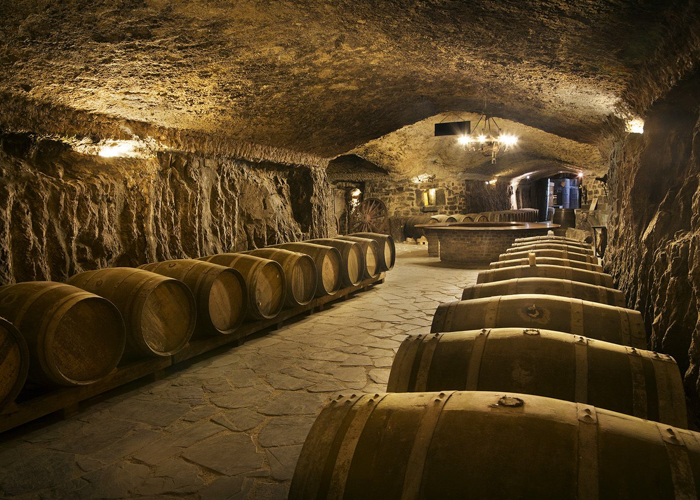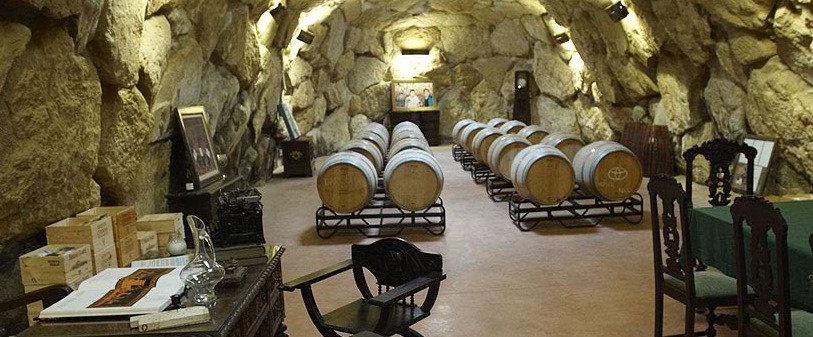BACK TO SCHOOL: RIOJA
30/01/2025
A Beginner’s Guide to Rioja Wine
If you like bold reds (or whites... more on that later) with a story to tell, Rioja is a great place to start. Spain’s most famous wine region has been making wine for centuries, blending tradition with innovation in a way that keeps things interesting. Whether you’re a casual drinker or you're really looking to geek out on aging classifications, Rioja has a bottle for you.
The Lay of the Land: Climate & Geography
Rioja is tucked into northern Spain, with the Ebro River running through its vineyards. It’s flanked by the Cantabrian Mountains, which block some (but not all) of the cold, wet weather from the Atlantic. That means Rioja has a mix of influences: cold ocean breezes, warm Spanish sunshine, the cooling effects of altitude, and dry continental air. This balance gives Rioja wines their structure—rich but not heavy, fresh but not too light.
The region is split into three subzones:
A Little History
Rioja has been making wine since at least Roman times, but its modern reputation took off in the 19th century. When phylloxera (that nasty vine-killing louse) devastated France’s vineyards, Bordeaux winemakers travelled south to Rioja, bringing their barrels and aging expertise. This is why red wines from Rioja reds often have a distinctive fine-grained tannic texture and layers of spice and smoke —you can thank those French oak barrels.
The Grapes
Rioja is mostly about red wine, and Tempranillo is the undisputed star. It’s a versatile grape, known for its red fruit, tobacco, and leather notes. But it rarely plays alone—Rioja blends are common.
White Rioja: More Than an Afterthought
Red Rioja has traditionally got all the fame, but white Rioja (Vino Blanco de Rioja) is a rising star. These wines can range from light and crisp to rich, nutty, and complex.
Key White Grape Varieties
Styles of White Rioja
Winemaking & Aging
One of Rioja’s claims to fame is its aging system, which tells you how long the wine has spent in barrels and bottles before release. The longer the aging, the more complex (and often more expensive) the wine. However older doesn't always mean best - if it's an easy-drinking and fruit-forward wine you're looking for then don't be shy about going for a Joven.
What’s Happening Now?
Rioja has always been about tradition, but modern winemakers are shaking things up. There’s a growing focus on single-vineyard wines, highlighting Rioja’s terroir rather than just the aging classifications. Some winemakers are also dialing back on oak to let the fruit shine, while others are reviving nearly forgotten grape varieties.
How to Drink
The Takeaway
Rioja is a blend of old and new, tradition and innovation, power and elegance. Whether you’re looking for a wallet-friendly red or a cellar-worthy bottle, there’s a Rioja for every mood. So grab a glass, take a sip, and enjoy the ride.
<< Back to all articles

